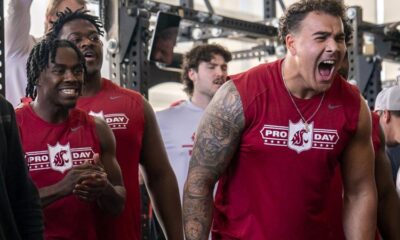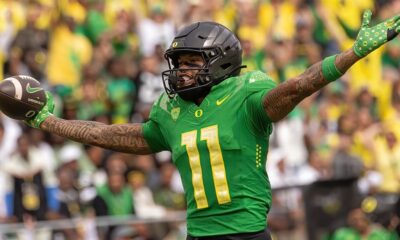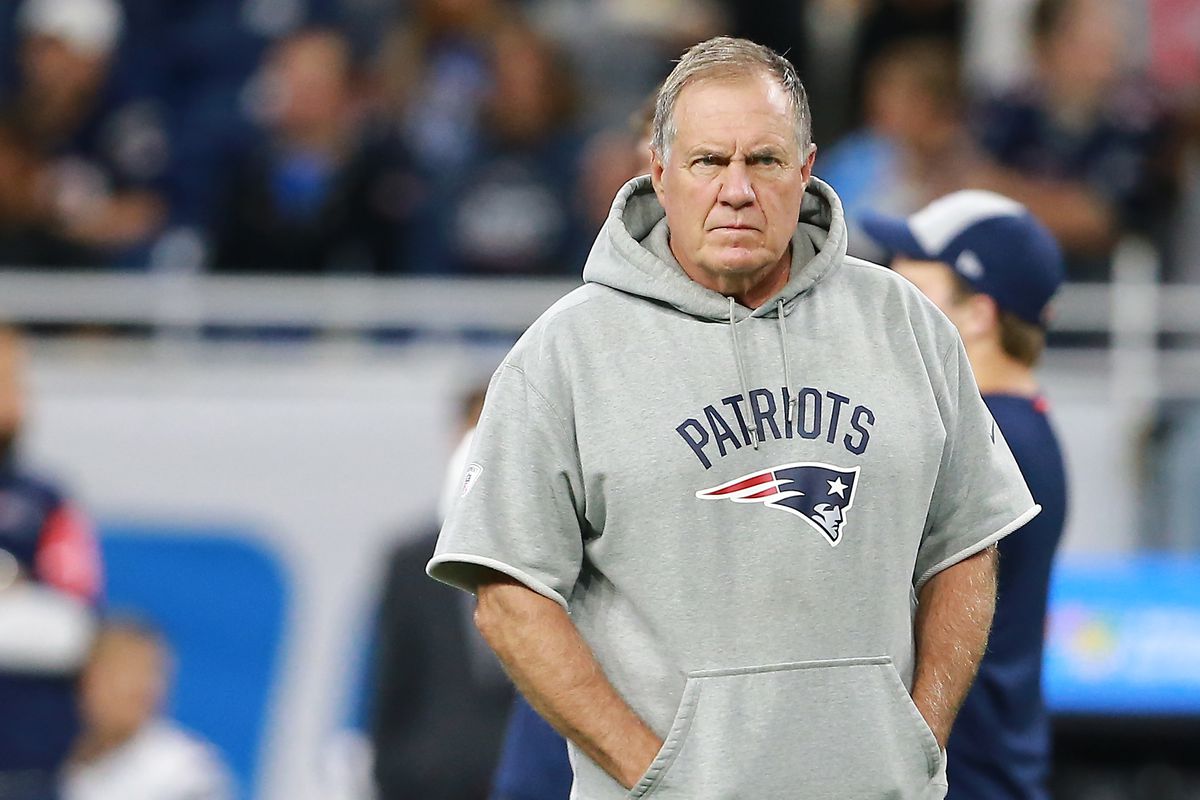Much has been said about Tom Brady’s departure from Bill Belichick and Patriots and his instant success in Tampa (aka Tompa) Bay. The team Brady left behind in New England appeared beleaguered.
Their 2020 record of 7-9 was the worst since 2000. Career-long Patriot Julian Edelman retired. Patrick Chung and Dont’a Hightower opted out of the season. Running back Rex Burkhead signed with the Houston Texans.
Everything, it seemed, had changed. Everything, that is, except Bill Belichick.
On January 3, 2021, the last game of the Patriots 2020 season, Belichick stood on the sideline, hat pulled low over his forehead, mask covering his signature stoic expression. As his team locked in a 28-14 victory against the New York Jets, Belichick squinted through the flurry of snow that had descended into Gillette Stadium.
It’s impossible to know what he saw that day—holes in the Jets defense, options for future offensive strategies, maybe even the future of the Patriots franchise after their unprecedented two-decade cavalcade over any team who dared stand in their way and into the history books. But whatever it was he could see, one thing is certain. When it comes to football, Bill Belichick’s vision is unrivaled. He can see things the rest of us can’t.
At times, that may make him unpopular—but it doesn’t make him wrong.
In the 90s, the Browns found that out the hard way. It’s easy to discount Belichick’s 5-year stint as head coach of the Cleveland Browns as a failure. His overall record with the team was 36-44. His team made a playoff appearance only one of the five years he was at the helm (a win against—who else—the Patriots). He stoked the ire of fans when he cut popular Browns quarterback Bernie Kosar. The media disliked his abrasive interview style and often described him as having a “chip on his shoulder.”
In hindsight, Belichick certainly did have something to prove. Many players and assistant coaches who worked with him in Cleveland confirmed that the culture changed under Belichick, and that such a seismic shift needed more time to settle in. The team relished its success in the 80s, but by 1990, the year before Belichick took over, their record was 3-13. Kosar—even before Belichick cut him—was nearing the end of his career.
In the early to mid 90s, Cleveland needed a rebuild. Belichick drew the blueprint and assembled the foundation, but he never got to finish what he started. Perhaps if he had stayed with the Browns, he would have made his impact in Ohio instead of Massachusetts. Instead, in 1995, owner Art Modell fired him. Belichick proved his point elsewhere.
He proved it with nine super bowl appearances and six wins. He proved it with at least eight former assistants rising to head coaching positions. He proved it by winning a record setting 31 playoff games. And yes, he proved it all with Tom Brady as his quarterback. Part of Brady’s success, as with all players, must be attributed to Belichick as his coach. How much of Belichick’s success is owed to Brady remains to be seen. But something is still stirring in New England. As long as Belichick is there, the work will be put in, the players will do their jobs, and the vision will be clear. Hopefully this time, unlike in Cleveland, we’ll all have a chance to see that vision play out on the field.



















